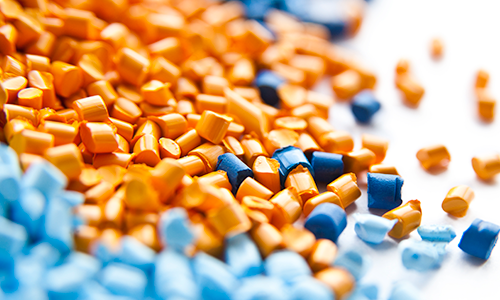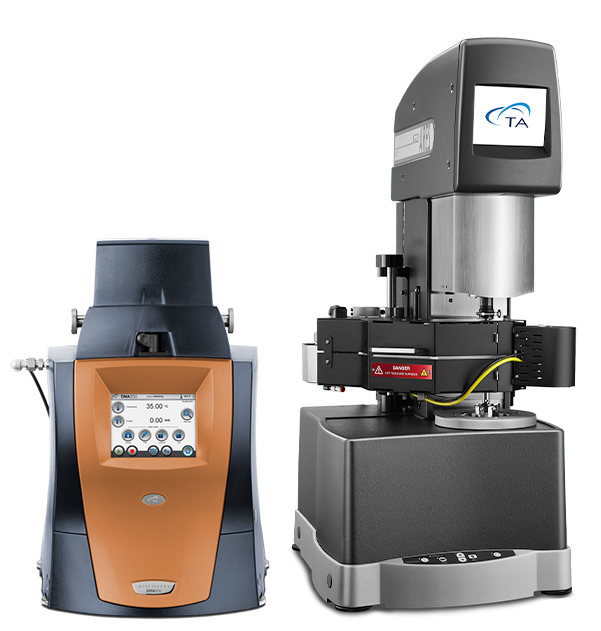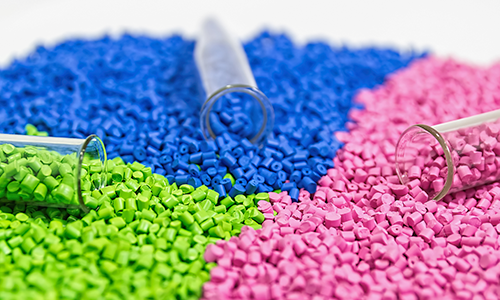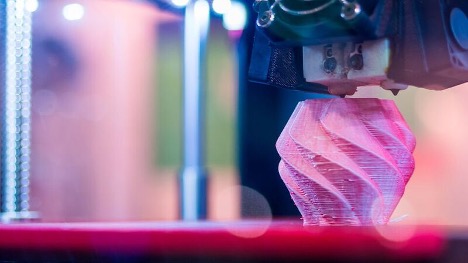3 Time-Saving Techniques for Your Polymer Research
Saving time in polymer research has many benefits and can be realized in different ways, from reducing operator training time to increasing research throughput and achieving accurate and reproducible results. Here are 3 opportunities across 3 techniques (rheology, TGA, and DSC) which offer solutions to save time in your polymer research.
Details












